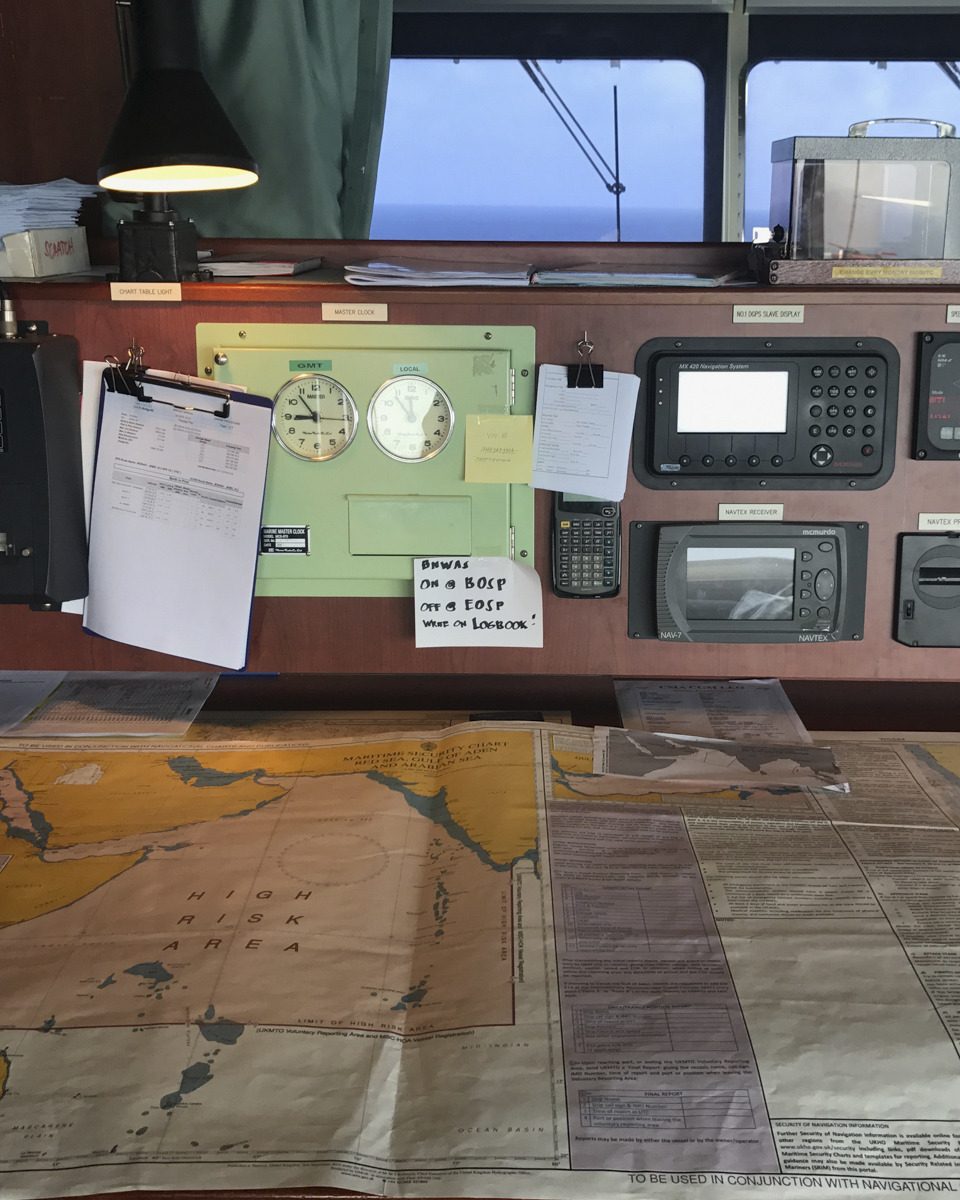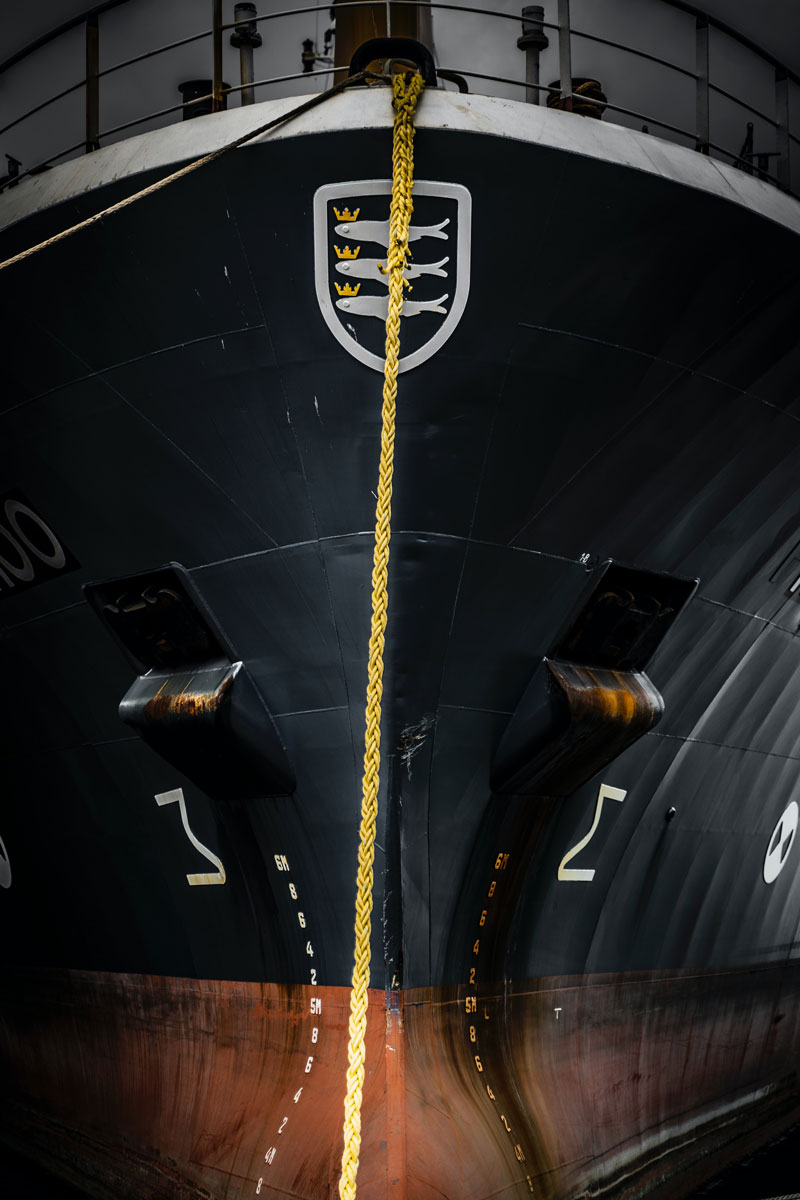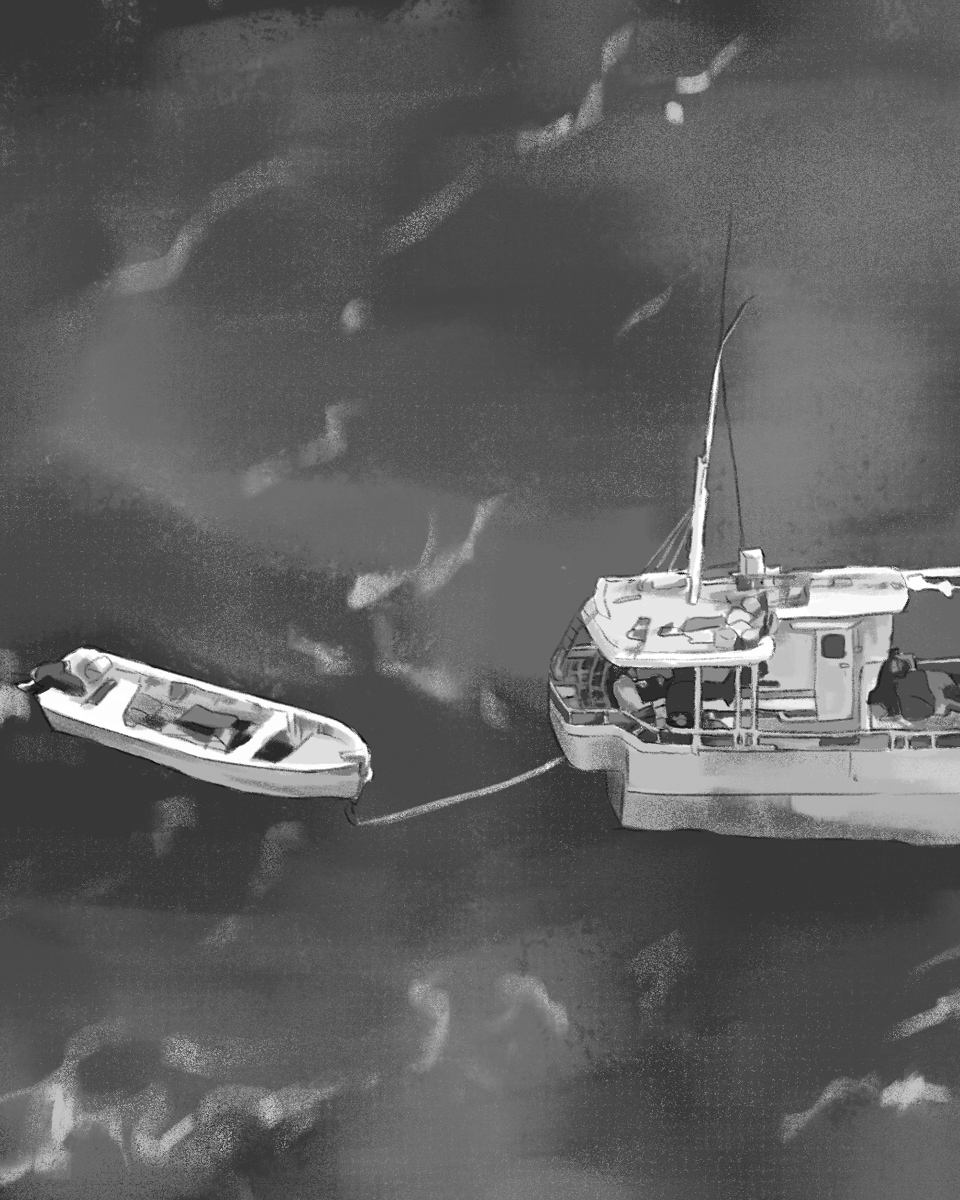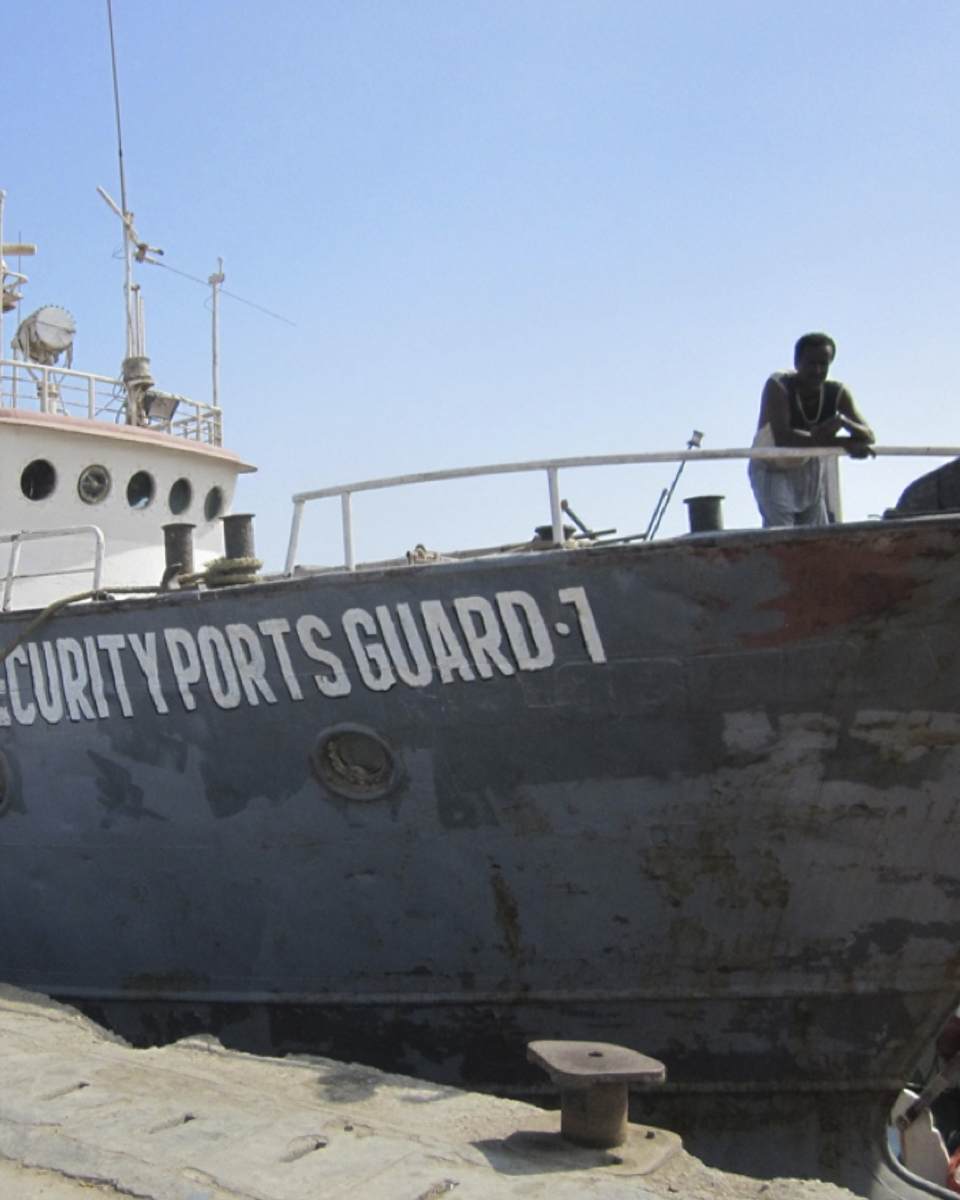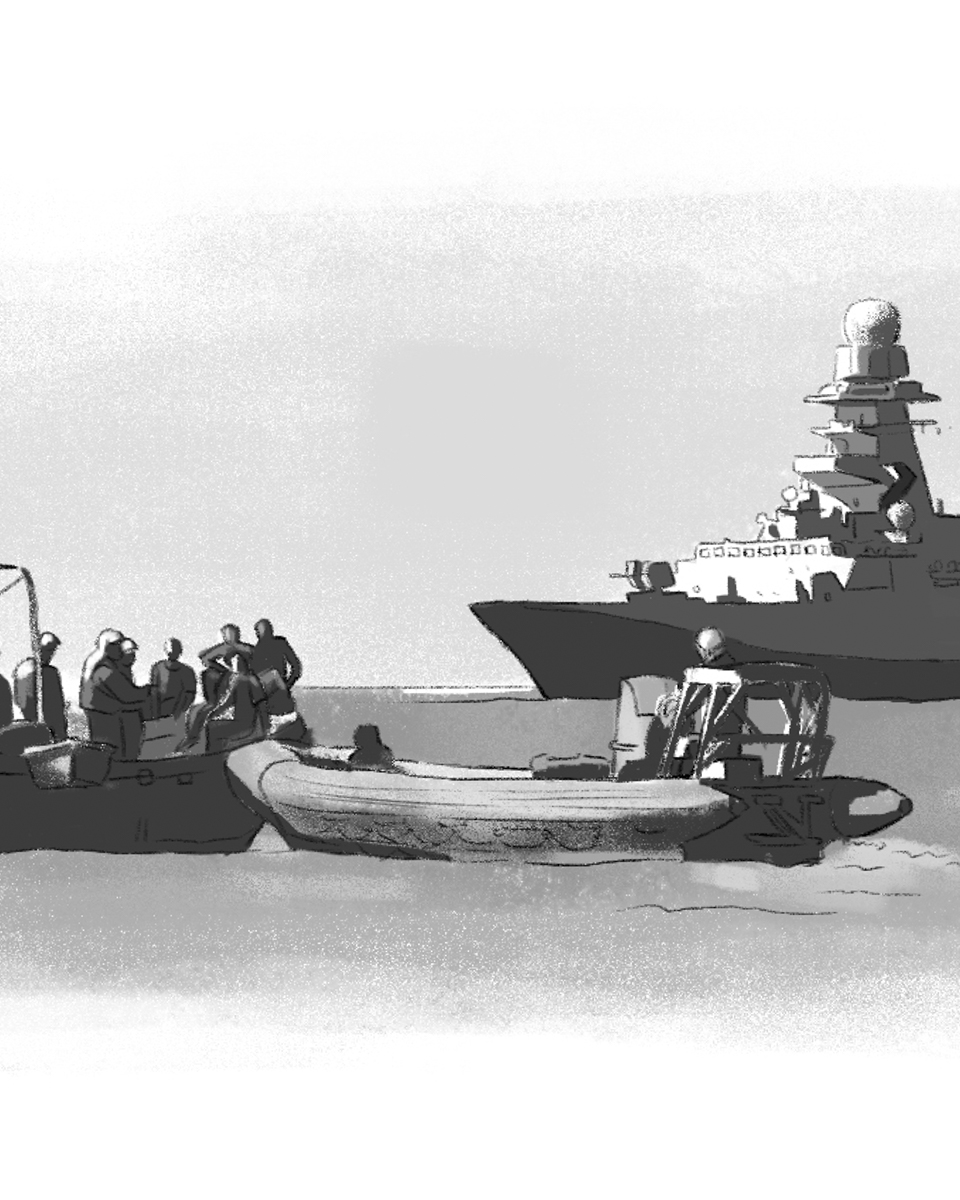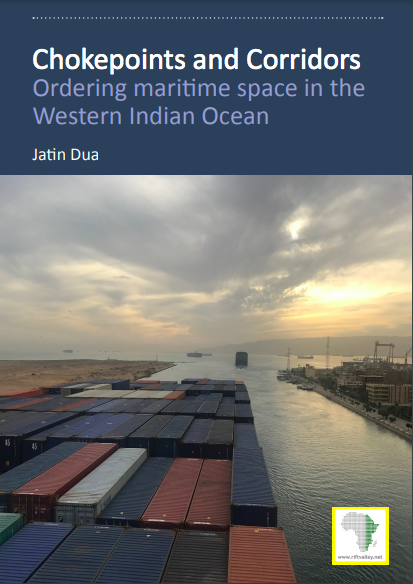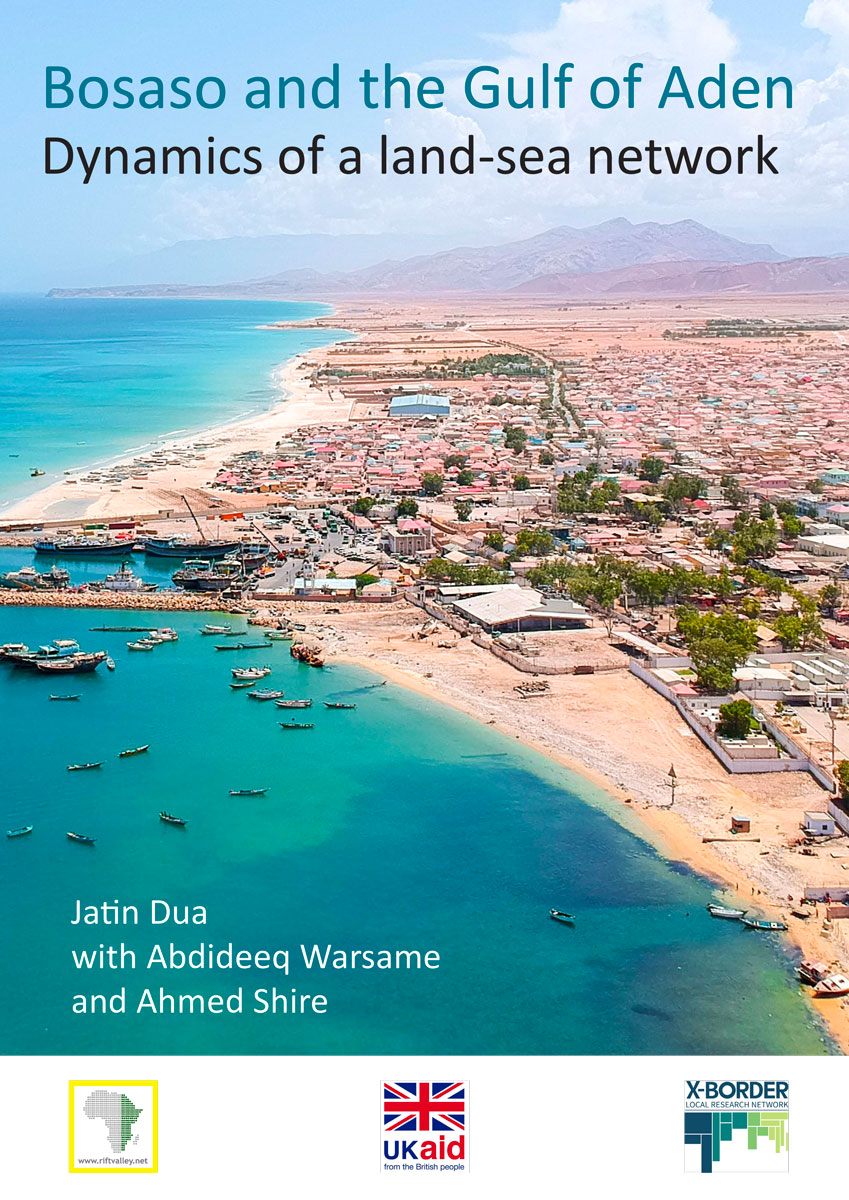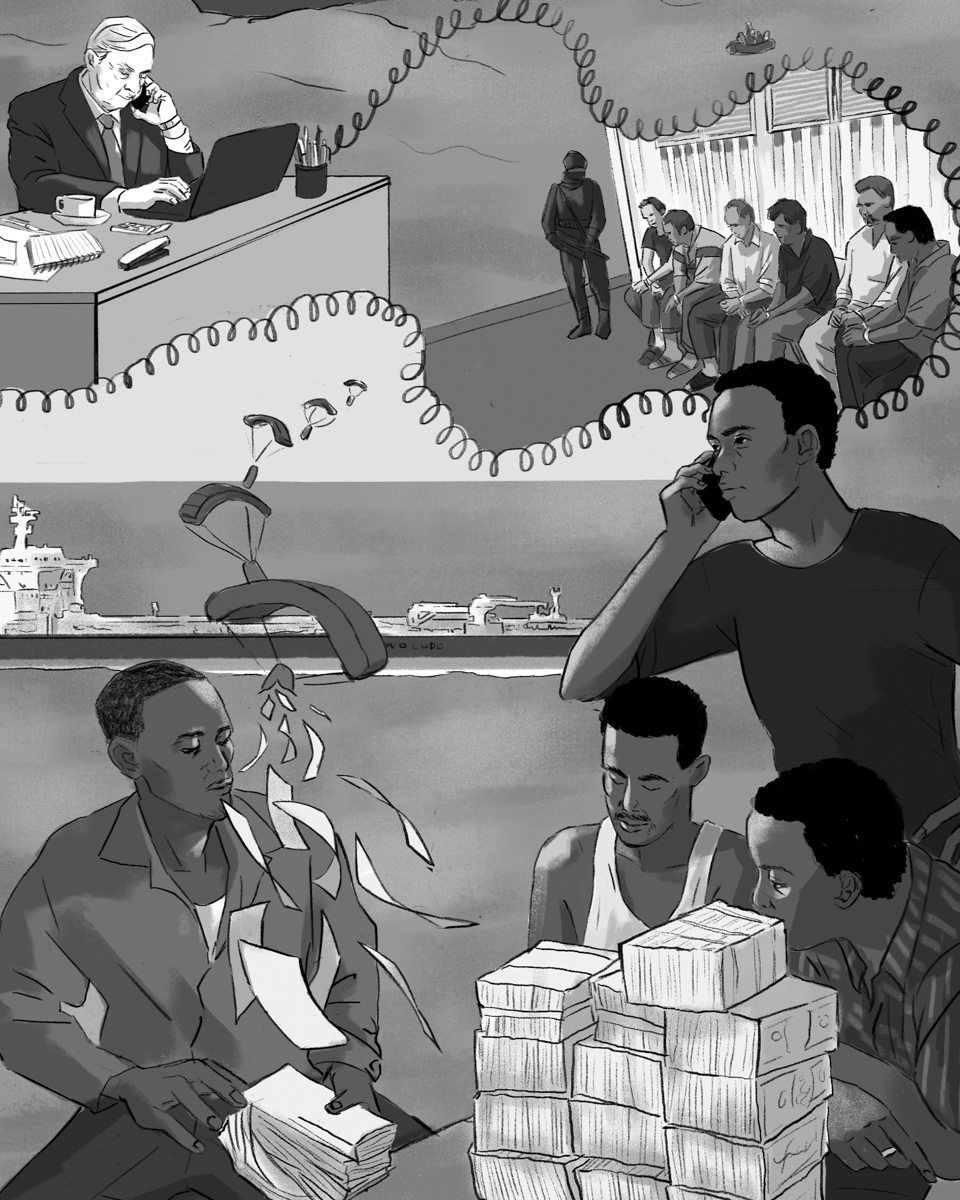
“The broker"
An emphasis on flow and endless accumulation has been central to the understandings of contemporary maritime capitalism. This form of accumulation has been enabled by structures of violence and exploitation wrought through desires of ever-bigger and ever-faster within the world of global shipping. But flow is only part of this story, mobility at sea is always interrupted, sticky and delayed. Maritime journeys are constituted by chokepoints, drift, and stuckness and are moments of anxiety and peril for a variety of actors from seafarers to policy makers whose projects seek to overcome these blockages in order to make possible more efficient and more profitable forms of circulation. For others, interruptions point to possibility. Here, I emphasize that for ‘maritime figures’ like insurance brokers, and seafarers, interruptions are part of everyday life at sea: a life constituted through an admixture of peril and possibility.

